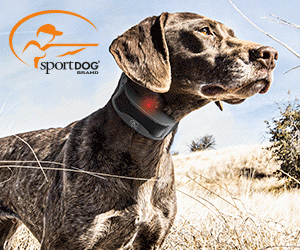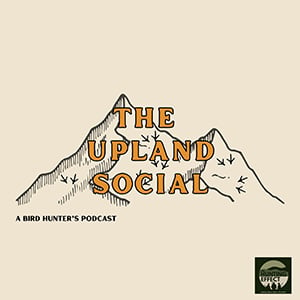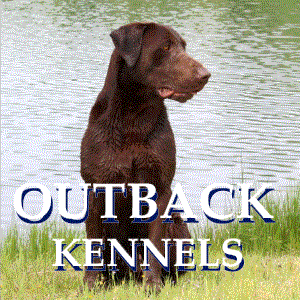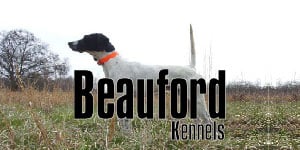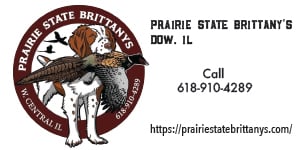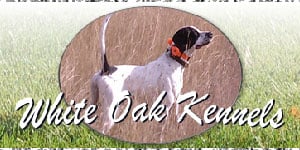Snow Goose - Geese Hunting - Wetland Hunting
View Recipes | Gamebird Services | Gamebird Hunts | View Photos

Description
This medium-sized goose has a hefty bill, long and thick neck. Snow geese are white-bodied with black wingtips that are noticeable while flying. These birds have a pink bill that has a dark line that's referred to as ‘black lips' or ‘grinning patch'. It is possible to see a dark morph snow geese with a dark brown body, white face, and a white under the tail. The snow goose measures 69 – 83 cm in length, weighs 1600 – 3300 g and has a wingspan of 138 cm. An adult white morph has a white body with a pink bill, black flight feathers, pink legs, and a prominent black grin patch. An adult blue morph, on the other hand, is sooty gray with white only limited to the head.
Habitat
The main habitats include marshes, ponds, bays, grain fields and tundra (in summer). During migration or in winter, these birds prefer occupying coastal marshes, freshwater marshes, estuaries and agricultural fields. These geese have adapted very well in agricultural fields thus their population is doing so well. When migrating or in winter, expect to find these birds in wetlands and plowed cornfields. You can also find snow goose in marshes, ponds, and lakes because they bathe and roost along the shorelines.
Diet
These birds mainly feed on plant material like leaves, seeds, and roots of many wild kinds of grass, sedges, horsetail, bulrushes, etc. Young gosling prefers feeding on insect larvae while adult geese may eat berries in fall. In winter, the snow goose usually feeds on waste grain in agricultural fields. Foraging is done when walking on land or in shallow waters. However, when nesting, these birds feed in flocks and they can even mix with other kinds of geese.
Nesting
They first breed at 3 years with the males expressing their mating interests via courtship displays. In one of the displays, the male and female face each other and then stretch their necks upward rapidly & repeatedly in unison.
These game birds nest in colonies most of the time. The nest site is selected by the female usually on a hummock or slight ridge to have good visibility. These birds can use the same nesting site more than once especially if they don't migrate. The nest is built by the female in a shallow depression after she lays the first egg. Females use plant materials and down to build the nest.
Eggs
Females lay 3 – 5 whitish eggs although they can also range from 1 -7. Females incubate the eggs for 22 – 23 days although they can incubate the eggs for 25 days at most. Few hours after hatching. The goslings leave the nest looking for food. Both parents tend the young ones. A family group can travel for many miles on foot from the nest looking for food and water. The young fledge after 42 to 50 days.


